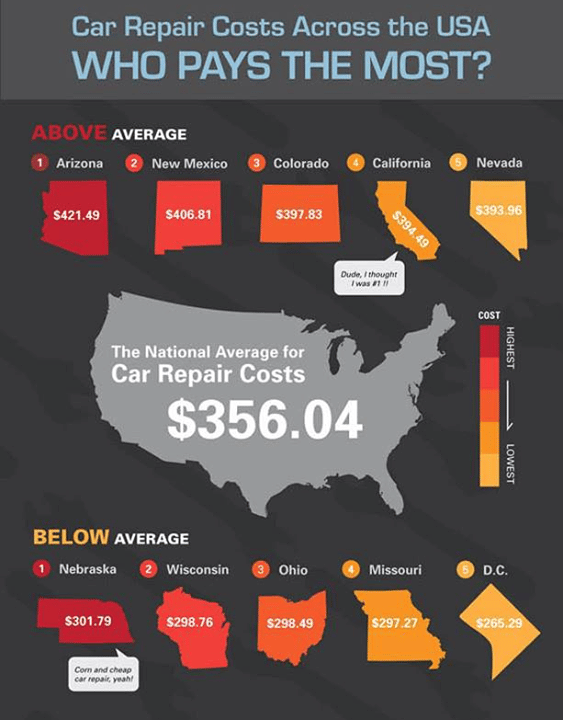Understanding The Definition Behind Your Automobile'S Warning Lights: An In-Depth Appearance
Understanding The Definition Behind Your Automobile'S Warning Lights: An In-Depth Appearance
Blog Article
Write-Up Created By-Samuelsen Corbett
When you're behind the wheel, those radiant warning lights on your control panel can be a bit perplexing. Do car washes recognize what they're attempting to tell you about your car's health and wellness? Recognizing the importance of these lights is essential for your safety and the durability of your lorry. So, the following time among those lights appears, wouldn't you want to understand its message precisely and take the required steps to resolve it?
Common Caution Lights and Interpretations
Determine usual warning lights in your auto and understand their meanings to make sure secure driving.
One of the most regular caution lights include the check engine light, which indicates problems with the engine or emissions system. If this light begins, it's critical to have your automobile checked without delay.
The oil pressure alerting light shows low oil stress, requiring instant focus to prevent engine damages.
A flashing battery light could recommend a malfunctioning billing system, possibly leaving you stranded if not addressed.
The tire stress surveillance system (TPMS) light informs you to reduced tire pressure, affecting car security and gas performance. Disregarding this might result in risky driving conditions.
The abdominal light shows a trouble with the anti-lock braking system, compromising your capability to quit quickly in emergency situations.
Finally, the coolant temperature level cautioning light warns of engine overheating, which can result in serious damage if not settled quickly.
Comprehending these typical warning lights will help you attend to issues promptly and maintain safe driving conditions.
Value of Prompt Interest
Understanding the typical warning lights in your automobile is only the first step; the importance of promptly attending to these cautions can't be highlighted enough to ensure your security when traveling.
When a warning light illuminates on your dashboard, it's your automobile's way of interacting a possible issue that needs attention. Overlooking these warnings can bring about a lot more severe troubles later on, jeopardizing your safety and security and possibly costing you much more in repairs.
Prompt attention to warning lights can prevent break downs and crashes. For instance, a blinking check engine light can show a misfire that, if left ignored, can create damages to the catalytic converter. Resolving this promptly can conserve you from an expensive repair work.
In a similar way, a brake system cautioning light might indicate low brake liquid or used brake pads, important elements for your security when driving.
Do It Yourself Troubleshooting Tips
If you observe a caution light on your control panel, there are a few DIY troubleshooting ideas you can try before seeking specialist aid.
The initial step is to consult your auto's guidebook to comprehend what the specific warning light suggests. Occasionally the problem can be as easy as a loosened gas cap setting off the check engine light. Tightening the gas cap may solve the trouble.
click the up coming website is a reduced battery, which can trigger numerous alerting lights. Checking the battery links for rust and guaranteeing they're protected might fix the trouble.
If a warning light lingers, you can attempt resetting it by detaching the cars and truck's battery for a couple of mins and afterwards reconnecting it. Furthermore, inspecting car wash full , such as oil, coolant, and brake liquid, can assist repair alerting lights connected to these systems.
Conclusion
Finally, understanding your automobile's warning lights is crucial for maintaining your car running smoothly and securely. By promptly resolving these signals and recognizing what they imply, you can stay clear of pricey fixings and prospective failures.
Remember to consult your auto's manual for particular information on each warning light and do something about it appropriately to guarantee a hassle-free driving experience.
Stay notified, remain risk-free when driving!
